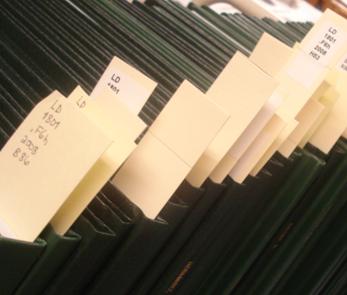
USF St. Petersburg campus Master's Theses (Graduate)
First Advisor
Co-Major Professor: Joseph M. Smoak, Ph.D.
Second Advisor
Co-Major Professor: Ryan P. Moyer, Ph.D.
Third Advisor
Brad E. Rosenheim, Ph.D.
Publisher
University of South Florida St. Petersburg
Document Type
Thesis
Publication Date
2018
Date Issued
October 25, 2018
Abstract
This study compared the temporal variability in rates of soil accumulation, accretion, and organic carbon (OC) burial from three sites in the Lower Florida Keys using two different radiometric dating techniques (210Pb, 14C). Comparison of these rates across various timescales (decadal, centurial, and millennial) permitted examination of temporal responses and drivers. Further, spatial variability was measured for these associated site rates. Differences in geographic location and site morphologies as predicted, were supported by spatial variability in all rates across sites with the exception of centurial rates of accretion. All rates were greater when assessed over shorter (e.g. decadal) timescales. The centennial OC burial rates measured via 210Pb during this study ranged from 106 ± 6 to 151 ± 7 g m-2 yr -1. A radiocarbon-based age depth model was constructed at Snipe Key, giving a mean OC burial rate of39.98 ± 13.53 gm- 2 yr-1, with estimated basal peat formation beginning around 6 ka BP (mid-Holocene). The 14C mean accretion rate was 0.69 ± 0.17 mm y-1, whereas the 210Pb mean accretion rates (10-, 50-, and 100-yr rates) ranged from 2.0 ± 0.76 to 4.2 ± 1.5 mm yr-1• The 100- and 50-yr mean accretion rates were within error of the associated rates of SLR. However, rates of SLR have increased over the past ten years and are now larger than the rates of accretion required for these mangrove forests to avoid submergence. The variability associated with the larger trend of lower rates of accumulation, accretion and OC burial over longer timescales ( centurial and millennial) was due to changes in sediment delivery and/or soil preservation. Stable isotopes (o13C, o15N) indicate that post-depositional transformations coupled with change in allochthonous source contribution over time were the main drivers of variability with respect to temporal rates of deposition.
Creative Commons License

This work is licensed under a Creative Commons Attribution-Noncommercial-No Derivative Works 4.0 License.
Recommended Citation
Chappel, Amanda R., "Soil Accumulation, Accretion, and Organic Carbon Burial Rates in Mangrove Soils of the Lower Florida Keys: A Temporal and Spatial Analysis" (2018). USF St. Petersburg campus Master's Theses (Graduate).
https://digitalcommons.usf.edu/masterstheses/176


Comments
A thesis submitted in partial fulfillment of the requirements for the degree of Master of Science Environmental Science & Policy College of Arts and Sciences University of South Florida St. Petersburg.